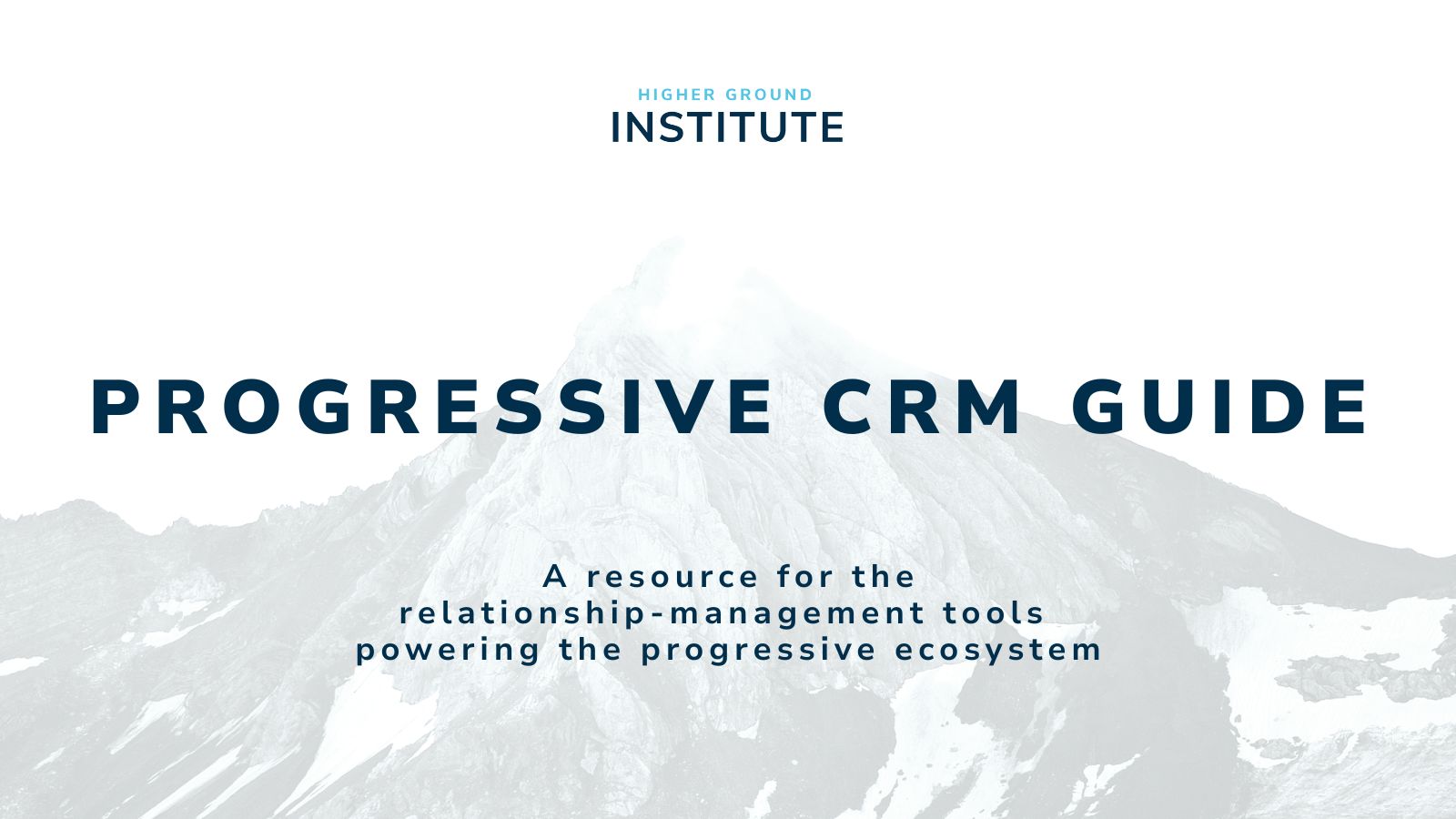While crypto, NFTs, and DAOs have captured our collective attention due to the prospect of financial returns that underlie their early use cases, the value of the Web3 movement stems from the ability to use these new technologies and organizational models to enhance digital coordination, while better aligning incentives for both collective action and individual-level participation.
It’s certainly true that an organization could “better align incentives” without adopting a DAO model. But the advent of Web3 technologies makes this a much more digestible and accessible practice. Without the transparency of an on-chain ledger and the flexible utility of governance tokens, methodical incentivization becomes much more difficult to execute.
The gaming space was the first to adopt a “To-Earn” model – a Web3-enabled incentive structure that rewards mission-aligned behavior with tangible benefits, such as money, voting power, or increased community access.
By pioneering this model, games like Axie Infinity evolved our conceptions of work and recreation. Skilled players who successfully engage in battles and complete objectives across the Axie ecosystem are rewarded with tokens (which can immediately be exchanged for more widely-accepted currencies (such as BTC or USD) or be held and serve as a player’s ticket to voting on proposals posed by the Axie community. All players have to do is purchase an in-game asset (an avatar) and learn how to play the game – then, they are eligible to compete for these rewards.
From Play-to-Earn to Advocate-to-Earn?
“Playing games” used to squarely fall into the recreation bucket. But by introducing compelling incentives for engagement, Axie Infinity (and many other games that followed) have generated some of the stickiest users in the history of gaming and introduced a new way to make or supplement a living.
“To-Earn” ecosystems have quickly permeated the crypto mainstream. What started as a tactic to create a more mature gaming ecosystem and empower players to earn during their recreational time has evolved into a movement – the “To-Earn” movement – through which many DAOs, companies, and projects have introduced mechanisms for rewarding active and sustained participation.
Move-to-Earn: Stepn is a mobile app that rewards users for simply walking or running throughout the normal course of their day – incentivizing exercise.
Create-to-Earn: Forefront is a media platform that rewards users for writing content on topics related to social tokens and DAOs – incentivizing mission-aligned content creation.
Learn-to-Earn: proofoflearn is a protocol (launching this summer) that rewards users for engaging with educational content that teaches them employable skills of the future – incentivizing education, self-improvement, and workforce development.
So what does this have to do with politics?
Traditional political entities can utilize this proven, powerful incentive structure to motivate mission-aligned actions. Enter: Advocate-to-Earn.
By providing clear and compelling incentives for participating in advocacy efforts, could campaigns and political organizations reward volunteers for the tasks that they are already doing, such as knocking on doors, making phone calls, sending text messages, hosting and attending events, and amplifying content on social media? This would assign more value to volunteer efforts and could reduce burnout.
While the Web3 adoption curve for the typical campaign volunteer and the concept of providing financial rewards for political engagement rightly draw skepticism, the “To-Earn” model could be altered to fit the political use case and account for its nuances.
Instead of launching campaign governance tokens and establishing an associated DAO in 2022, campaigns can superficially introduce these core concepts without adopting a full Web3 tech stack or managing its operations on-chain. Over time, if Web3 permeates the political space, campaigns can gradually ramp up their tech usage and Web3-inspired programming initiatives to meet their volunteers where they are.
Instead of providing financial rewards (in the form of tradable governance tokens), campaigns can provide other incentives, such as increased access to a candidate (friendraisers for high-achieving volunteers, rather than fundraisers for maxed-out donors), other exclusive opportunities/experiences that match the ethos of a particular campaign, and voting rights on low-stakes proposals posed by core campaign leaders.
These are early days for Web3, and even earlier for the intersection of Web3 and politics. But I hope that this will start the conversation across the progressive political ecosystem about how we can leverage emerging technologies to better align incentives for accomplishing our collective goals.



